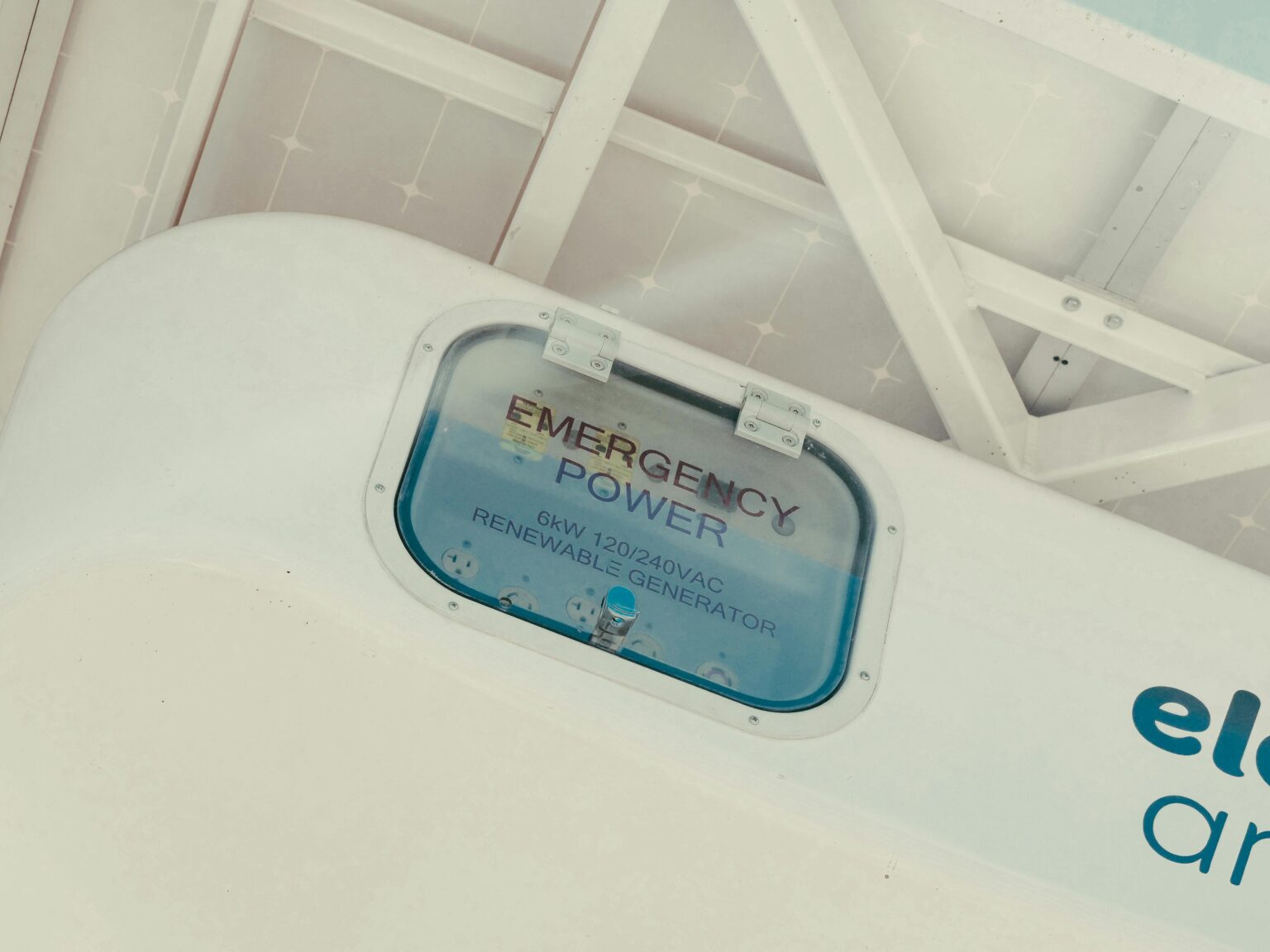The electric vehicle (EV) revolution is no longer just about motors and software—it’s being driven by breakthroughs in battery technology. As of August 2025, the global push for longer range, faster charging, lower costs, and sustainable materials has sparked a wave of groundbreaking EV battery innovations and massive new investments from automakers, tech giants, and governments.
From solid-state batteries nearing commercialization to sodium-ion alternatives and AI-optimized battery management, the next generation of EV power is here—and it’s transforming how we think about energy storage.
In this comprehensive, up-to-date guide, we’ll explore:
- The latest EV battery technologies in 2025
- Major new investments by automakers and governments
- Companies leading the charge
- Investment opportunities for individuals
- What it means for consumers and the future of transportation
Why EV Battery Tech Is the Key to the Electric Future
Batteries account for 30–40% of an EV’s total cost and directly impact:
- Driving range
- Charging speed
- Lifespan
- Safety
- Environmental footprint
Improving battery technology isn’t optional—it’s essential for making EVs cheaper, safer, and more accessible worldwide.
📈 Market Insight:
The global EV battery market is projected to reach $300 billion by 2030, up from $70 billion in 2024 (BloombergNEF).
Top 5 New EV Battery Technologies in 2025
1. Solid-State Batteries (Near Commercialization)
What It Is: Replaces liquid electrolyte with a solid material (ceramic, polymer, or sulfide).
Key Benefits:
- 2x energy density → 600+ mile range
- Faster charging (0–80% in 10–15 minutes)
- Safer (no fire risk from thermal runaway)
- Longer lifespan (1,500+ cycles)
Who’s Leading:
- Toyota – Launching limited solid-state EVs in Japan by late 2025
- QuantumScape (backed by Volkswagen) – Pilot production in 2025
- Samsung SDI – 900 km (560 mi) solid-state prototype
- Nissan – Promising mass production by 2028
💡 Real-World Impact:
Toyota’s prototype solid-state EV achieved 745 miles on a single charge in 2024 testing.
2. Sodium-Ion Batteries (Low-Cost Alternative)
What It Is: Uses sodium instead of lithium—abundant and cheap.
Best For: Entry-level EVs, urban mobility, energy storage
Advantages:
- No lithium, cobalt, or nickel → lower cost and ethical concerns
- Performs well in cold weather
- Safer and more sustainable
Who’s Leading:
- CATL (China) – Already supplying sodium-ion batteries to Chery and BYD
- HiNa Battery – Deploying in e-bikes and micro-EVs
- Northvolt (Sweden) – R&D underway for European production
🌍 Sustainability Win: Sodium is 270x more abundant than lithium.
3. Lithium Iron Phosphate (LFP) 2.0 – Enhanced & Cobalt-Free
What’s New: Next-gen LFP batteries with higher energy density and faster charging.
Why It Matters:
- Cheaper than NMC batteries (no cobalt or nickel)
- Longer lifespan (3,000+ charge cycles)
- Now used in Tesla Model 3, Ford Mustang Mach-E, and Chevrolet Bolt EV
2025 Upgrade:
New cell-to-pack (CTP) designs increase range by 15% without adding weight.
4. Silicon-Anode Batteries (Higher Capacity)
Innovation: Replaces graphite anode with silicon, which can store 10x more lithium.
Benefits:
- 20–40% higher energy density
- Used in Mercedes-Benz G-Class EV, Tesla Model S, and Porsche Macan EV
Challenge: Silicon expands during charging—new nano-coating tech in 2025 solves this.
Key Players:
- Sila Nanotechnologies (supplies Mercedes)
- Enovix – Silicon-based batteries for EVs and wearables
5. AI-Optimized Battery Management Systems (BMS)
What It Does: AI predicts battery health, optimizes charging, and extends lifespan.
2025 Breakthroughs:
- Tesla’s AI BMS learns driver habits to improve range estimates
- GM’s Ultium Cloud uses real-time data to prevent degradation
- BMW uses AI to enable adaptive fast charging (adjusts speed based on temp and health)
🔮 Future: AI could enable predictive battery replacement before failure.
Major New EV Battery Investments in 2025
Billions are being poured into battery innovation and production. Here are the biggest investments of the year:
🔋 $7.5 Billion – General Motors & LG Energy Solution
- Expanding Ultium battery plants in Ohio, Tennessee, and Michigan
- Focus: LFP and next-gen NMC batteries
- Goal: 1 million EVs annually by 2025
🔋 $6.2 Billion – Ford & SK On
- Building third BlueOval battery plant in Tennessee
- Will power F-150 Lightning and future EVs
- Uses recycled materials (30% by weight)
🔋 $5 Billion – Stellantis & Samsung SDI
- New gigafactory in Indiana to produce solid-state-ready batteries
- Slated to open in 2026
🔋 $4.8 Billion – U.S. Department of Energy (DOE) Grants
- Funded 12 new battery material refineries and recycling centers
- Part of Inflation Reduction Act (IRA) supply chain goals
- Focus: Lithium, graphite, and rare earth processing in the U.S.
🔋 $3.3 Billion – CATL Expansion in Germany & Indonesia
- World’s largest battery maker expanding globally
- Supplying Tesla, BMW, and Mercedes
Key Players in the 2025 EV Battery Race
🌱 Sustainability Focus: Northvolt and Tesla are leading in low-carbon, recycled-content batteries.
Investment Opportunities: How to Invest in EV Battery Tech
For individual investors, the EV battery boom offers long-term growth potential. Here’s how to get involved:
1. Stock Market Investments
💡 Tip: Consider EV-focused ETFs like:
- BATT (Global Battery Tech)
- LCGD (Long-Term Care & Green Energy)
- IEV (iShares Global Clean Energy)
2. Venture Capital & Startups
- Platforms like AngelList, Republic, and OurCrowd offer access to pre-IPO battery startups
- Watch for solid-state, recycling, and AI-BMS startups
3. Commodities
- Invest in lithium, nickel, or cobalt via ETFs (e.g., LIT, KOL)
- Or through mining stocks (e.g., SQM, ALB)
⚠️ Risk Note: Battery tech is fast-moving—diversify to manage volatility.
What This Means for Consumers in 2025
These advancements are already improving the EV experience:
- Lower Prices: LFP and sodium-ion batteries are cutting EV costs
- Longer Range: 500+ mile EVs becoming standard
- Faster Charging: 10–80% in under 15 minutes
- Safer Batteries: Solid-state eliminates fire risks
- Sustainable Options: More recycled and ethical materials
🚗 Example:
The 2025 Chevrolet Equinox EV starts at $30,000 thanks to LFP battery use—making it the most affordable long-range EV yet.
Final Thoughts: The Battery Revolution Is Here
The future of transportation isn’t just electric—it’s powered by smarter, safer, and more sustainable batteries. In 2025, we’re witnessing a paradigm shift in energy storage, driven by solid-state breakthroughs, sodium-ion alternatives, and AI-driven optimization.
With over $25 billion in new investments this year alone, the EV battery industry is accelerating faster than ever. Whether you’re a consumer, investor, or tech enthusiast, now is the time to understand—and engage with—the technologies shaping the next decade of mobility.
Ready to Power the Future?
👉 Take Action Today:
- Research EVs with new battery tech (LFP, silicon-anode)
- Explore investment options in battery stocks or ETFs
- Follow innovators like QuantumScape, CATL, and Northvolt
- Stay informed on DOE and IRA battery initiatives
The battery revolution isn’t coming—it’s already here. And it’s electrifying the world.


